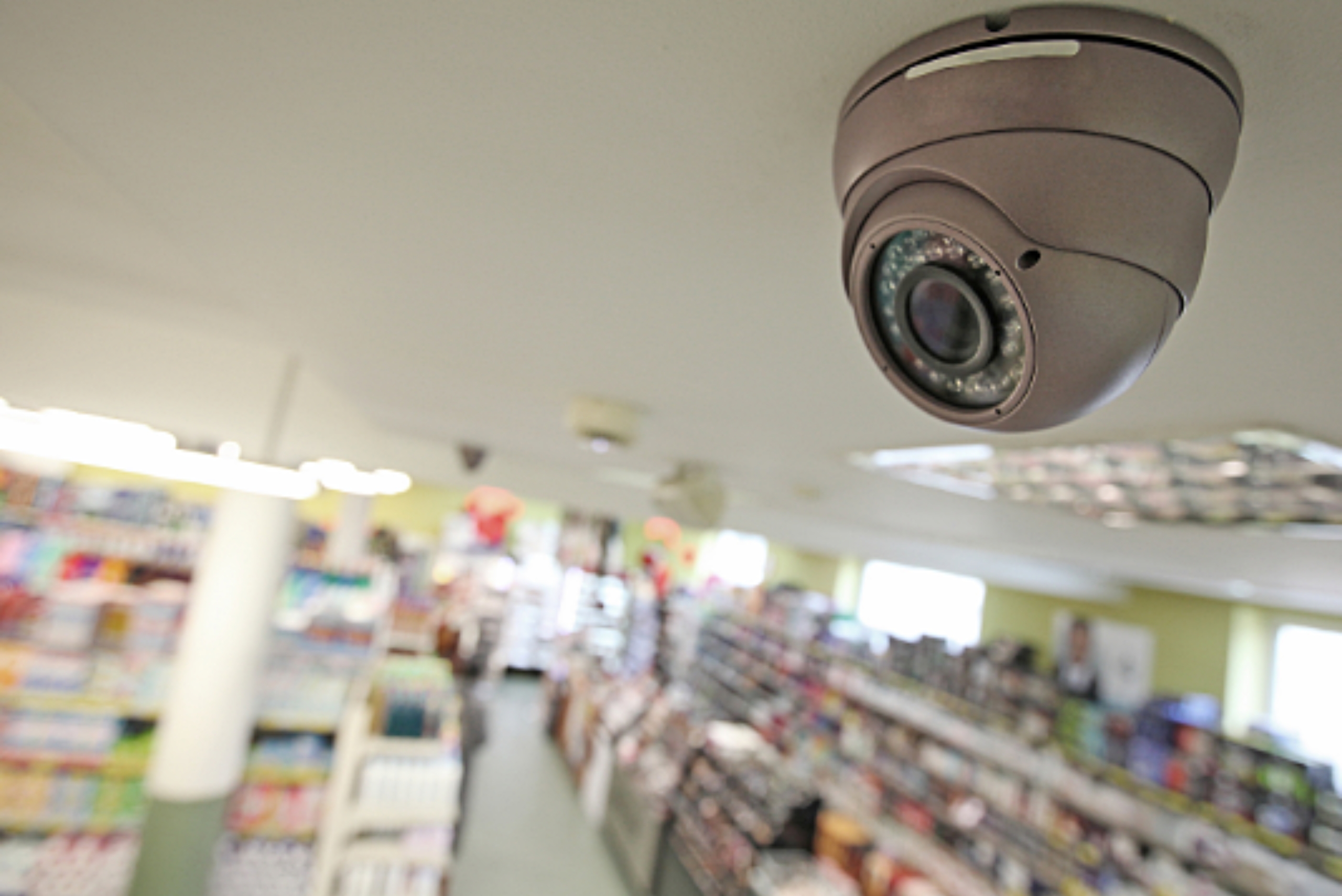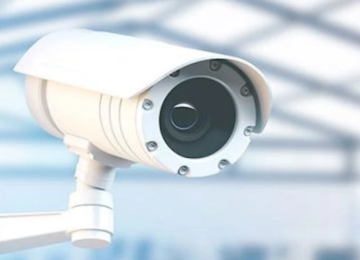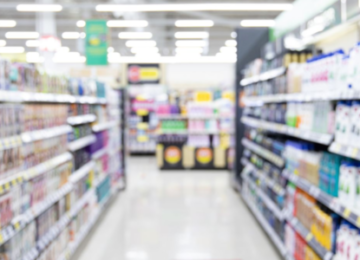Smart Security for Multi-Unit Retailers: Reduce Costs, Maximize Protection

Managers of multi-unit retail businesses face a significant challenge: how to reduce security costs while ensuring optimum protection for their stores. With security spending on the rise, it's becoming crucial to find solutions that improve profitability while providing effective protection against the risks of theft and fraud. Discover how a proactive, centralized security solution can be the key to achieving this goal.
The Challenges of Traditional Solutions and the Cost of Security
In a multi-store network, managing security becomes a logistical and financial headache. Traditional security solutions, such as security guards and conventional video surveillance systems, are often expensive and inflexible. On average, companies in the retail sector spend between 5% and 10% of their annual turnover on security. This includes the cost of security staff, video surveillance equipment and system maintenance.
The cost of a security guard in one shop can vary between $3,000 and $5,000 per month, with no possibility of optimising expenditure across several shops. On the scale of a multi-store network, these costs can quickly become a financial burden. What's more, these systems are often reactive, meaning that they only detect incidents after they have occurred, thus increasing financial losses. To find out more about the importance of AI in video surveillance in reducing costs, check out this Veesion article on modern security.
Centralization and Automation: The Key to Cost Reduction
A centralised and automated approach is the key to reducing security costs while maintaining optimum protection. Centralisation allows managers to monitor multiple shops from a single platform, simplifying management and improving responsiveness. The integration of artificial intelligence (AI) automates the detection of suspicious behaviour in real time, reducing the need for large numbers of on-site security guards.
Veesion offers a solution that centralises all your shops' security data on a single platform, enabling you to analyse incidents across the entire network. Automated systems for detecting suspicious behaviour enable faster and more effective intervention, reducing losses before they occur. Find out how centralising security in your multi-site shops can improve your ROI.
Lower Insurance Costs and Improved Profitability
A centralized and automated approach is essential for reducing security costs while maintaining optimum protection. Centralization allows managers to monitor multiple stores from a single platform, simplifying management and improving responsiveness. The integration of artificial intelligence (AI) automates the detection of suspicious behavior in real time, reducing the need for a large number of on-site security guards.
Investing in advanced security solutions such as those offered by Veesion not only reduces monitoring costs, but also leads to reductions in insurance premiums. Insurers recognise that effective security systems reduce the risk of claims, and therefore the level of premiums. Automated alerts and proactive detection also reduce the costs associated with incident management and human error. This helps to improve the profitability of the multi-units, with potential savings of up to 30% on security costs and substantial savings on insurance.
Investing in Security to Maximize Profitability
Centralized and automated security solutions represent a real lever for managers of multi-store networks wishing to reduce their costs while guaranteeing optimum protection. Using AI and automated detection systems, businesses can reduce the cost of security staff, cut theft losses and improve profitability, maximising return on investment while providing a secure environment for customers and employees. To find out how Veesion can transform the security of your shop network while reducing costs, contact us today.
The most popular
Related news
Discover what Veesion can do for you. Do you have one or more stores?
Our team will contact you within 48 hours





